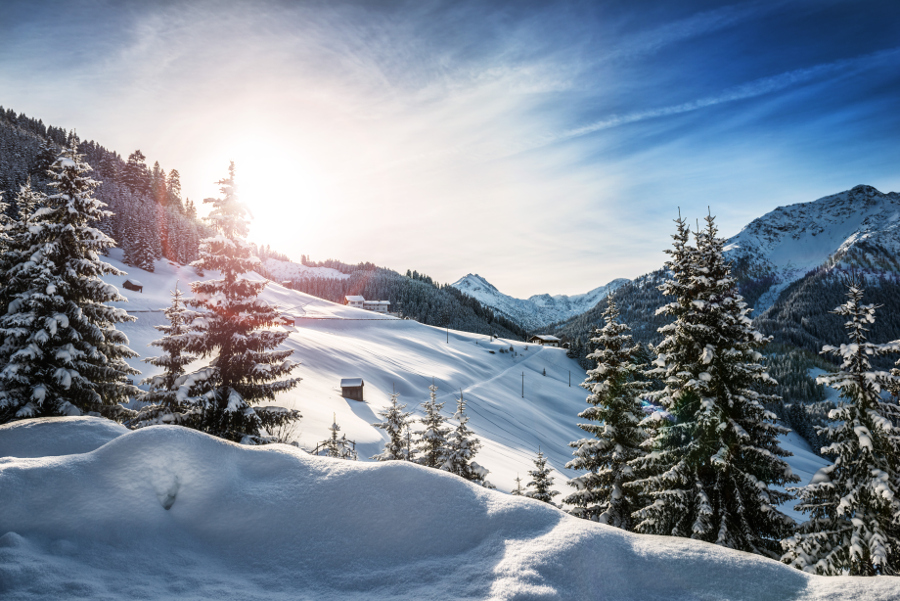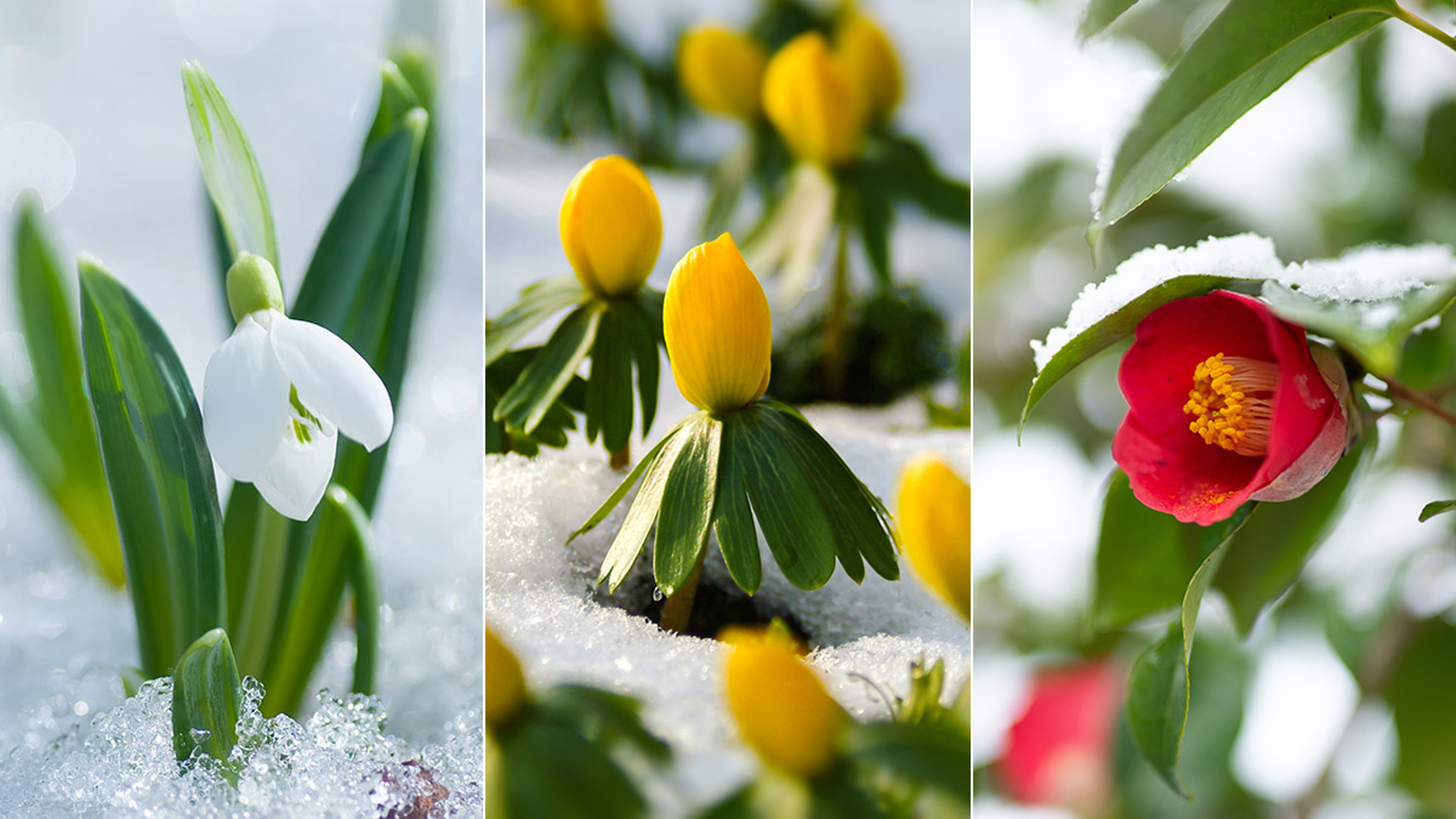10 Fun Facts About Winter
Learn some fun facts about winter, from winter plants to snowflakes and more.
Dec 29, 2015
If asked, how many facts do you think you could rattle off about winter? Sure you can probably recall on which day the season approximately starts and ends, and maybe even impress by knowing some record low temps, but can you confidently say that you are aware of all there is to know? We’re getting into the spirit of the season by learning about this season — join us by taking a look at the following 10 winter facts.
1. Similar to how bears hibernate in the winter, trees experience a process known as “dormancy.” During this period, which begins when leaves are lost, there is a reduction in energy consumption, growth, and metabolism rates within each tree.

2. To protect themselves from snow, ice and freezing winter temperatures, some plants will keep their dead leaves and use them for insulation. Additionally, some will use excess snow as a blanket to help themselves withstand the cold.
3. Plants actually require exposure to cold winter temperatures in order to begin flowering again the following spring, a process is known as “vernalization.”
4. The pine, plum, and bamboo are often referred to as the “Three Friends of Winter,” considering that they all do relatively well during the season. For example, pines and bamboo will actually keep their green foliage even once temperatures drop.
5. No two snowflakes are created equal! Although they may look alike as they fall from the sky, the formation process that snowflakes go through causes each of them to have their own unique shape.

6. In the Northern Hemisphere, winter occurs when the Earth is closest to the sun, not the farthest! That said, the reason why we experience cold temperatures is because Earth is tilted away from it.
7. The Southern Hemisphere is known to have more mild winters than the Northern Hemisphere as a result of its climate and geography (less land is present).
8. The winter season officially begins on what is called the “winter solstice” and ends on what is called the “vernal equinox.”
9. The winter solstice happens at a very specific time and isn’t always consistent with the day on which it occurs. However, what is certain is that the solstice happens when the sun is shining the farthest to the south.
10. In the Northern Hemisphere, the winter solstice indicates the shortest day of the year. On the other hand, in the Southern Hemisphere, the longest day of the year is experienced at this point.







